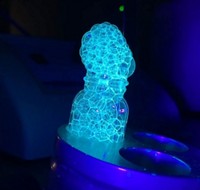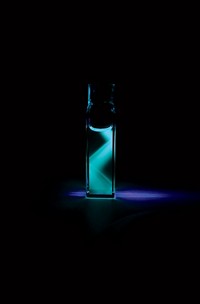Advertisement
Grab your lab coat. Let's get started
Welcome!
Welcome!
Create an account below to get 6 C&EN articles per month, receive newsletters and more - all free.
It seems this is your first time logging in online. Please enter the following information to continue.
As an ACS member you automatically get access to this site. All we need is few more details to create your reading experience.
Not you? Sign in with a different account.
Not you? Sign in with a different account.
ERROR 1
ERROR 1
ERROR 2
ERROR 2
ERROR 2
ERROR 2
ERROR 2
Password and Confirm password must match.
If you have an ACS member number, please enter it here so we can link this account to your membership. (optional)
ERROR 2
ACS values your privacy. By submitting your information, you are gaining access to C&EN and subscribing to our weekly newsletter. We use the information you provide to make your reading experience better, and we will never sell your data to third party members.
Synthesis
Chemistry In Pictures
Chemistry in Pictures: Greener than green hydrogen
by Craig Bettenhausen
January 13, 2022

If you’re following the global effort to reach net-zero greenhouse gas emissions by 2050, you may notice a lot of people are assuming they’ll have access to low- or zero-emission hydrogen. Thing is, most H2 today is made from fossil fuels, and H2 production dumps 830 megatons of CO2 into the atmosphere each year, according to the International Energy Agency. Eric Lopato of Carnegie Mellon University is one of the chemists looking to change that. With advisor Stefan Bernhard, Lopato is investigating iridium-based compounds that can split water into H2 and O2 using sunlight. Various organic groups, called ligands, attached to the iridium core produce the range of colors seen in these 1-ml vials, a result of the unique way each compound interacts with light.
Read more about Lopato’s work in Energy & Fuels (2021, DOI: 10.1021/acs.energyfuels.1c02168).
Submitted by Eric Lopato
Do science. Take pictures. Win money. Enter our photo contest here.





Join the conversation
Contact the reporter
Submit a Letter to the Editor for publication
Engage with us on Twitter